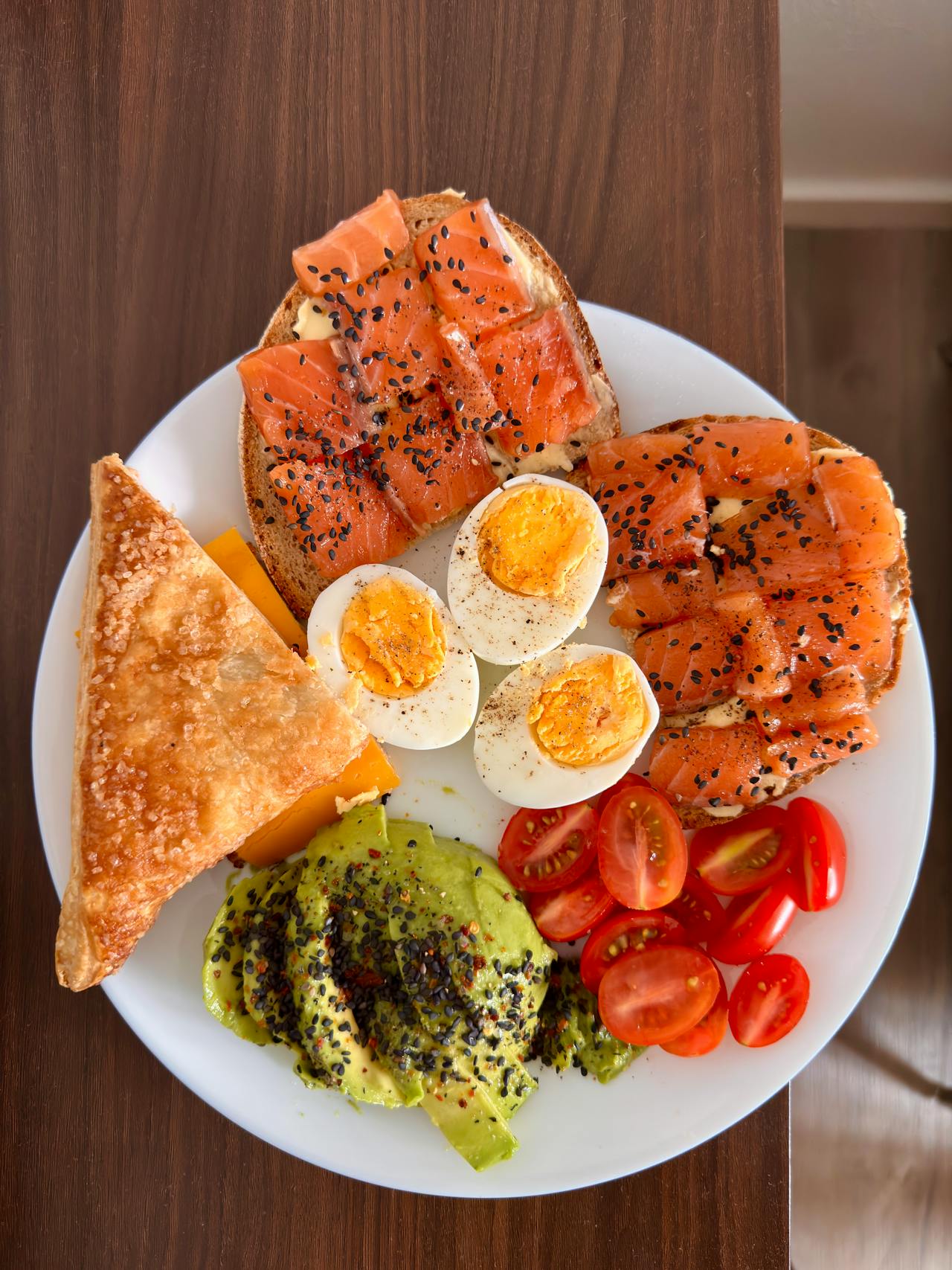
How to calculate your daily protein, carbohydrate and fat needs
🧮 Step 1: Calculate Your Daily Calorie Needs (TDEE)
-
First, calculate your BMR (Basal Metabolic Rate) — the calories your body burns at rest.
First, calculate your BMR (Basal Metabolic Rate) — the calories your body burns at rest.
Mifflin-St Jeor Formula:
🔹 Men:BMR = (10 × weight in kg) + (6.25 × height in cm) - (5 × age) + 5
🔹 Women:BMR = (10 × weight in kg) + (6.25 × height in cm) - (5 × age) - 161
-
Multiply your BMR by your activity factor:
| Activity Level | Multiplier |
|---|---|
| Sedentary (little to no exercise) | ×1.2 |
| Lightly active (1–3 days/week) | ×1.375 |
| Moderately active (3–5 days/week) | ×1.55 |
| Very active (6–7 days/week) | ×1.725 |
| Extremely active (twice a day workouts) | ×1.9 |
✅ Result = TDEE (Total Daily Energy Expenditure) — the total calories you need per day.
🍗 Step 2: Split Your Calories into Macros
| Macronutrient | Typical Ratio | Calories per 1g |
|---|---|---|
| Protein | 25–35% | 4 kcal |
| Carbohydrates | 40–50% | 4 kcal |
| Fat | 20–30% | 9 kcal |
📊 Example Calculation
Assume:
-
Weight = 70 kg
-
Height = 175 cm
-
Age = 25
-
Activity = Moderate (×1.55)
-
BMR = (10×70) + (6.25×175) - (5×25) + 5 = 1673.75 kcal
-
TDEE = 1673.75 × 1.55 = 2594 kcal/day
Now distribute macros:
-
Protein (30%) → 778 kcal ÷ 4 = 195g
-
Carbs (45%) → 1167 kcal ÷ 4 = 292g
-
Fat (25%) → 648 kcal ÷ 9 = 72g
⚙️ Quick Tips
-
For fat loss (cutting): reduce total calories by 15–20%.
-
For muscle gain (bulking): increase by 10–15%.
-
For maintenance: keep it as is.
By: Mostafa Gamal
1 week ago